What is Zeposia (ozanimod) for?
Zeposia (ozanimod) is a sphingosine 1-phosphate receptor modulator indicated for the treatment of:
- adults with relapsing-remitting multiple sclerosis (RRMS), including:
- clinically isolated syndrome
- relapsing-remitting disease, where the patient has flare-ups (relapses) followed by periods with milder or no symptoms (remission)
- active secondary progressive disease
- adults with moderately to severely active ulcerative colitis (UC), a chronic inflammatory bowel disease (IBD).[7]
It is available in capsule form each containing 0.23 mg or 0.46 mg or 0.92 mg ozanimod.[1]
How does Zeposia (ozanimod) work?
Multiple sclerosis is a disease in which the body’s immune system attacks the protective insulation that covers the nerves, which creates damage to the nerves in the brain and spinal cord. Because of this damage, the brain cannot communicate with the rest of the body anymore.[2]
Ozanimod can block the action of so-called sphingosine 1-phosphate (S1P) receptors, which are found on lymphocytes (immune cells). By binding to the receptors, ozanimod stops lymphocytes from travelling from the lymph nodes towards the brain and spinal cord. This protects nerve tissue from getting damaged.[2]
Where has Zeposia (ozanimod) been approved?
Zeposia (ozanimod) was approved for the treatment of:
- adults with RRMS by:
- adults with moderately to severely active ulcerative colitis.[7]
It is the first approved S1P receptor modulator that does not require a genetic test or first-dose observation.[3]
Please note that this medicine may have also been approved in other regions than the ones we’ve listed. If you have a question about its approval in a specific country feel free to contact our support team.
How is Zeposia (ozanimod) taken?
The standard dosage is:[1]
- Starting with a 7-day titration:
- Days 1-4: 0.23 mg once daily
- Days 5-7: 0.46 mg once daily
- Day 8 and thereafter: 0.92 mg once daily
- The recommended maintenance dosage is 0.92 mg taken orally once per day starting on Day 8.
Before starting with Zeposia (ozanimod) treatment, patients should be screened by a healthcare professional for: complete blood count, heart function, liver function, current or previous medications and vaccinations.
Complete information about Zeposia (ozanimod) dosage and administration can be found in the official prescribing information listed in our references section.[1]
Note: Please consult with your treating doctor for personalised dosing.
Are there any known adverse reactions or side effects of Zeposia (ozanimod)?
Common adverse reactions
The most common side effects (≥5% of patients) listed in the prescribing information include:[1]
- Back pain
- Urination problems
- High or low blood pressure (hyper-/hypotension)
- Abnormal liver function tests
- Cold symptoms such as stuffy nose, sneezing, sore throat
Serious adverse reactions
The serious adverse reactions listed in the prescribing information include:[1]
- Infections
- Slow heart rate (bradyarrhythmia)
- Increased blood pressure (hypertension)
- Liver problems
- Breathing problems
- Swelling and narrowing of blood vessels in your brain (Posterior Reversible Encephalopathy Syndrome)
- Severe worsening of MS after stopping with treatment


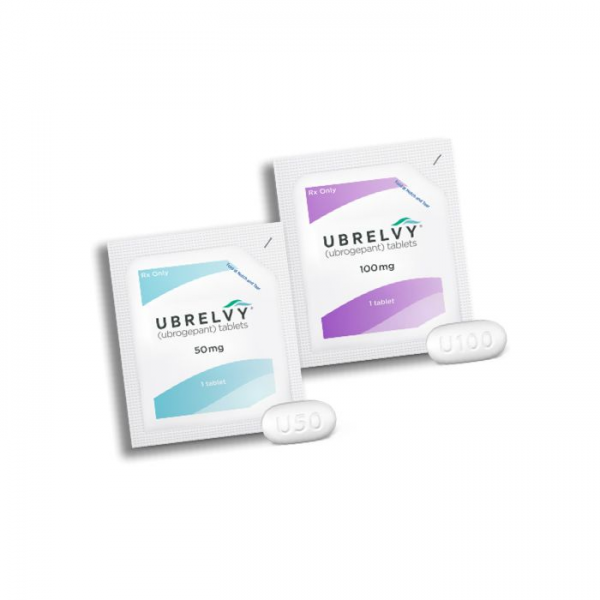
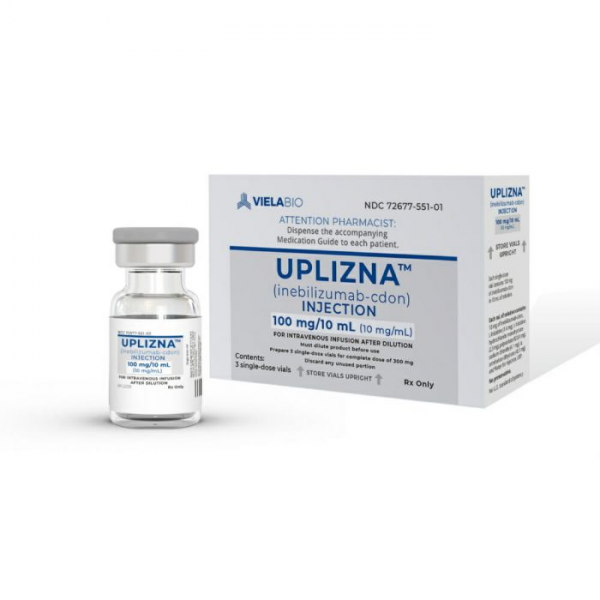
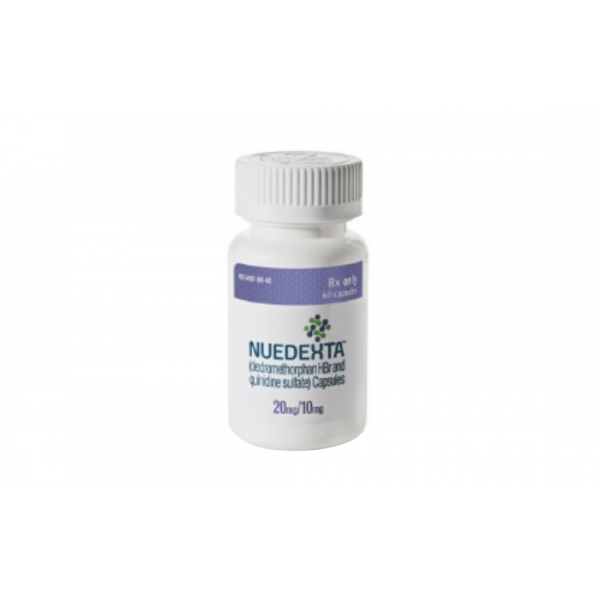
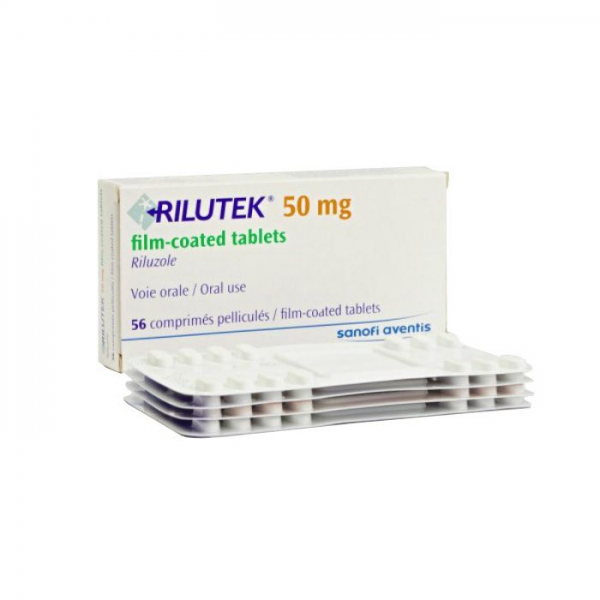

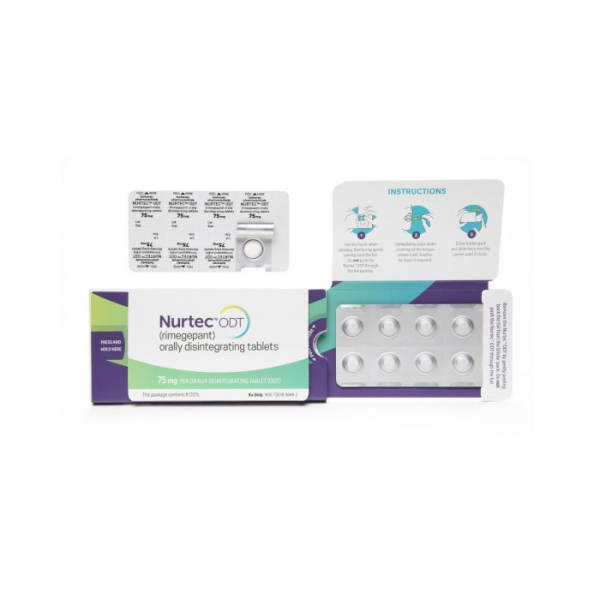
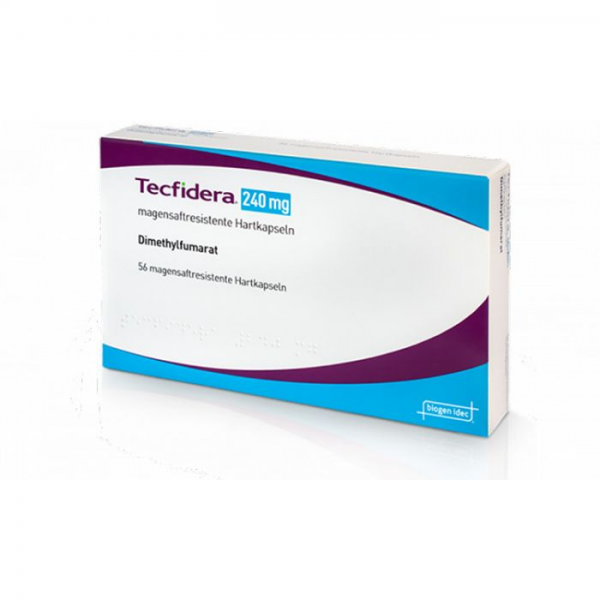
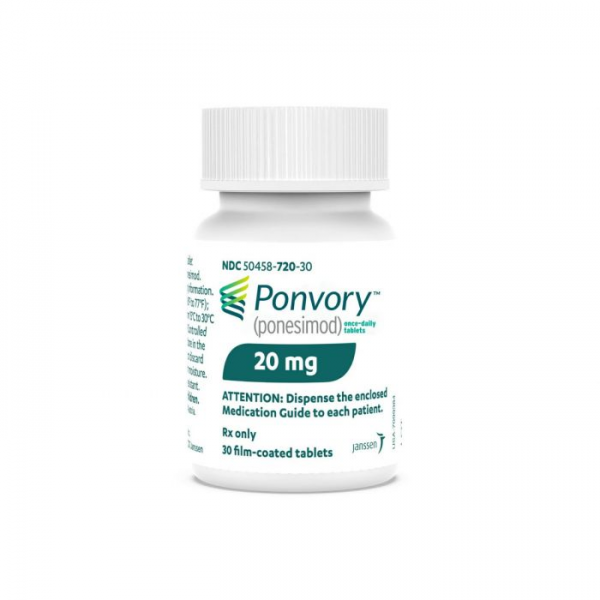
Reviews
There are no reviews yet.